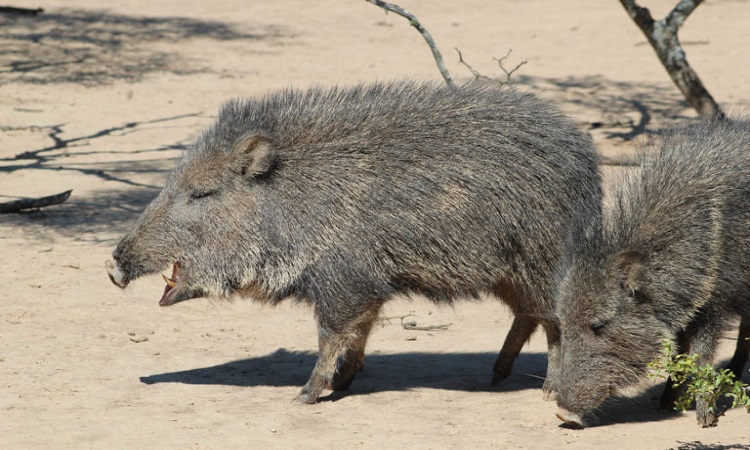A group of wild boars were recently photographed rescuing two of their fellows locked in a trap. Considered to represent an advanced form of empathy, such escape attempts have only been recorded in a handful of highly prosocial species.
You wouldn’t hesitate to come to the aid of a loved one trapped in a cage if you could afford it. It might seem obvious at first glance, but it actually stems from a high degree of empathy. This process known as “emotional contagion” has already been shown to affect pigs who become so distressed at the sight of one of their snowdrifts in distress that they want to help it. Rats freeing their restrained cage mates and ants rescuing members of their colony trapped in a nylon trap buried in the sand are other concrete examples of this phenomenon.
In a study published in Nature and supported by unique photographic documentation, a team of researchers described this rescue behavior in wild boar for the first time.
Wild boars trapped in a cage
Concretely, to define an empathy-motivated rescue attempt, researchers must observe a rescuer put himself in danger in an attempt to free a victim communicating signs of distress, and derive no immediate benefit from releasing them (not including food). no coupling).
In a recent experiment, a trap was set in a group of wild boars (Sus scrofa). It was a cage capable of closing on its own once individuals entered. When the doors came down, a juvenile and a young adult got stuck. Very quickly, the two specimens then began to show signs of distress, charging the cage grids in an attempt to escape.
A little later, a group of eight wild boars, including an adult female, were photographed outside the cage. In the pictures, we can see the female’s mane (made up of large brown bristles) stand up as she begins to load the logs holding the trap in place.
Behavior motivated by empathy
While there are a few small gaps in this photographic evidence of the rescue attempt, it appears that these efforts ultimately resulted in the logs being manipulated enough to open the cage. It then took a few minutes for the two trapped animals to realize that the door that locked them could be pushed to extricate themselves.
“The whole rescue was swift and some particular behaviors were really complex, precisely targeted, suggesting deep prosocial tendencies and exceptional problem-solving abilities in wild boars,” write the authors. They argued that the rescue behavior may have been motivated by empathy as the female exhibited a pilomotor reflex (hair straightening). However, this is a sign of distress in these animals. Thus, his emotional state corresponded to that of the victims.
This is obviously not the first proof of intelligence on the part of these animals. Two years ago, a team notably documented for the first time the use of tools by Visayan wild boars, an endangered species.




